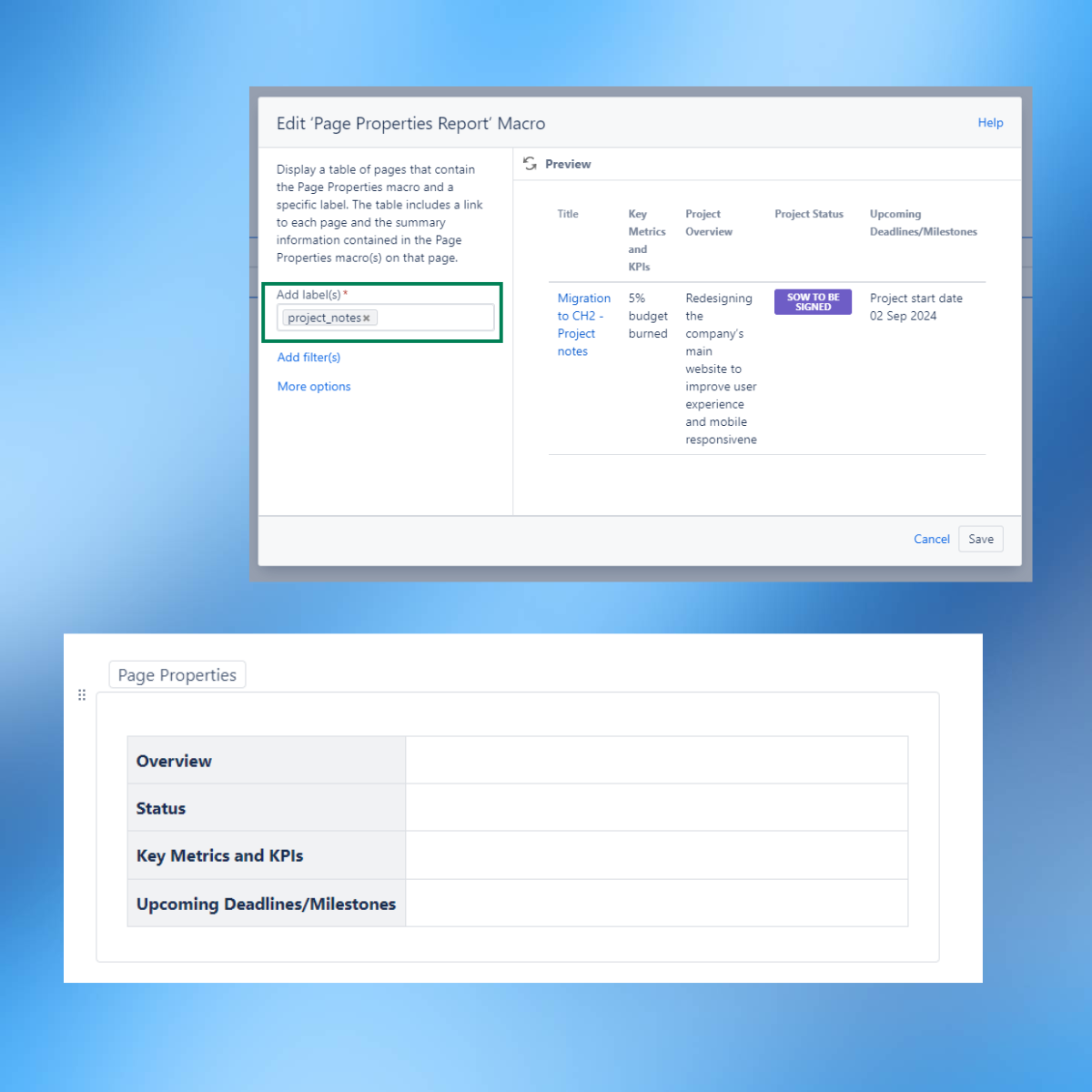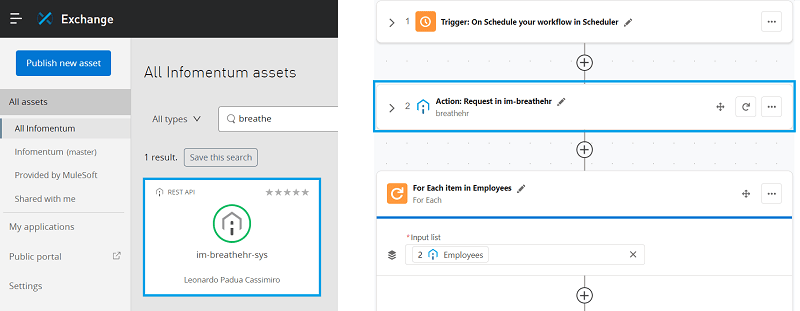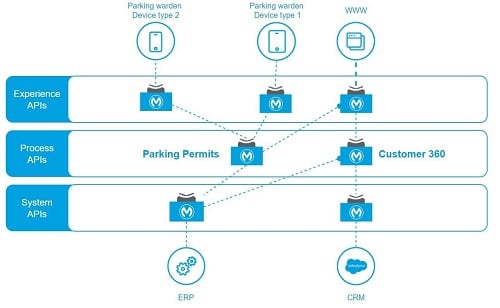In the fast-paced world of marketing, many people don’t realise what the true foundation is of a successful campaign strategy. While flashy creatives and catchy taglines draw attention, there is a much more essential key to conversion: clean data.
As a Marketing Manager, I've seen firsthand how the quality of data can make or break the effectiveness of good strategies. So, let's take a closer look at how clean data is a core driver behind marketing success, and why data should be the top priority for your Spring cleaning list this year!
The consequences of dirty data
 There are few things that are as harmful to a campaign as dirty data. Without the right information, you’ll wind up with inaccurate targeting that sends your carefully crafted messages to the wrong audience.
There are few things that are as harmful to a campaign as dirty data. Without the right information, you’ll wind up with inaccurate targeting that sends your carefully crafted messages to the wrong audience.
Marketing budgets aren't bottomless pits, and throwing money at irrelevant leads is like pouring it down the drain. It's like trying to hit a bullseye blindfolded - frustrating and counterproductive. In wasting vital time and monetary resources, you’re also missing out on key opportunities.
The damage doesn't stop there. Sending incorrect or outdated information to an audience is a one-way ticket to brand destruction. Now more than ever, consumers care about the authenticity of a business. Sending irrelevant messages at the wrong time won’t build a strong perception of a brand, and can even cause irreversible reputational damage.
Common sources of data pollution
When sending campaigns, the ability to customise messaging is only as good as the data it’s backed with. So where does data pollution come from? It's more than the occasional typo; it's manual data entry errors, outdated or incomplete information, duplicates and inconsistencies, and a lack of standardised procedures. All together, this makes for a confusingly tangled web of information.
Benefits of clean data
.png?width=131&height=131&name=Spring%20Cleaning%20(1).png) Now, let's talk about the positive outcomes of having clean data systems. It’s like upgrading from endless, messy file cabinets to using a modern computer. With clean data, you unlock advanced capabilities to target your campaigns ensuring they hit their mark every time. Customer experiences become seamless and well-suited, leading to increased loyalty and a positive perception of your brand.
Now, let's talk about the positive outcomes of having clean data systems. It’s like upgrading from endless, messy file cabinets to using a modern computer. With clean data, you unlock advanced capabilities to target your campaigns ensuring they hit their mark every time. Customer experiences become seamless and well-suited, leading to increased loyalty and a positive perception of your brand.
Clean data also makes for a much more efficient use of resources, which in turn translates to a better ROI. It's not just about the numbers, though - it's about building a trustworthy brand that customers want to engage with. What does all of these mean? In a word: conversion.
Tools and strategies for maintaining data cleanliness
Of course, keeping your data clean is easier said than done. What are the best ways to keep things organised? For starters, you can use an optimised Content Management System or integrated Digital Experience Platform, like Magnolia.
These tools help to connect information and systems that are historically siloed, ensuring data is consistent and accessible. Marketing teams should also schedule regular audits to catch any errors, and complete trainings to ensure best practices.
Challenges and solutions
As with any business initiative, there may be challenges that come up in this process. There may be resistance to data hygiene initiatives, or budget constraints that don’t allow for new data management tools. How to tackle those challenges? We overcome that resistance by showing the positive impact on campaign success, and address those budget constraints by highlighting the long-term benefits and ROI.
This data cleanliness responsibility doesn’t fall on marketing alone. It’s a cross-functional effort that involves multiple business functions working together to build a holistic approach.
Conclusion
Clean data is more than just an asset - it’s the heart of a successful marketing strategy. It’s time to commit this journey and build campaigns that not only shine but also convert like never before.







